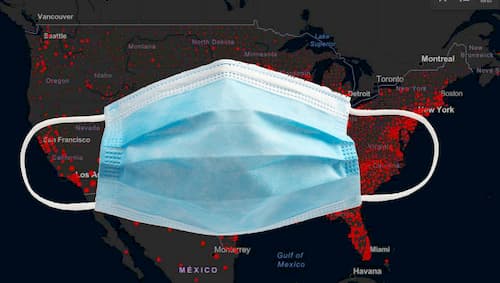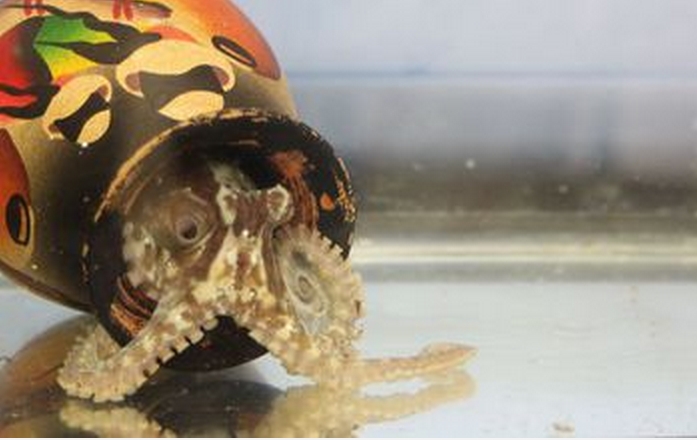Research examines how virus particles behave in different environments, including changing seasons, air-conditioned offices

One of the biggest unknowns about the coronavirus is how changing seasons will affect its spread. Now physicists at the University of Utah have received a National Science Foundation grant to tackle the question.
Michael Vershinin and Saveez Saffarian are studying the structure of the SARS-COV-2, the coronavirus strain at the center of the current pandemic. The physicists are creating individual synthetic coronavirus particles without a genome, making the virus incapable of infection or replication. The researchers are also testing how the structure of the coronavirus withstands changes in humidity and temperature, and under what conditions the virus falls apart.
The results will help public health officials understand how the virus behaves under various environmental conditions, including in the changing seasons and in microclimates such as air-conditioned offices.
“We’re making a faithful replica of the virus packaging that holds everything together,” said Vershinin. “The idea is to figure out what makes this virus fall apart, what makes it tick, what makes it die. This is not a vaccine. It’s won’t solve the crisis, but it will hopefully inform policy decisions going forward.”
The researchers searched the fully sequenced SARS-COV-2 genome that was published in January and zeroed in on the genes responsible for the structural integrity of the virus. They are now synthesizing these genes in living cells and allowing the proteins to assemble into virus particles.
[content id=”79272″]
“Coronavirus spreads similarly to the influenza virus, as small mucus droplets suspended in the air,” said Saffarian. “The predominate idea is that viruses lose infectivity because the particles lose structural integrity. The physics of how the droplets evolve in different temperature and humidity conditions affects how infectious it is.”
Added Krastan Blagoev, a program director in NSF’s Division of Physics, “This application of sophisticated physics instruments and methods to understand how the coronavirus will behave as the weather changes is a clear example of how our investment in basic research prepares us years later for a response to a crisis that impacts not only our society, but also the whole world.”
— NSF Public Affairs, researchnews@nsf.gov






